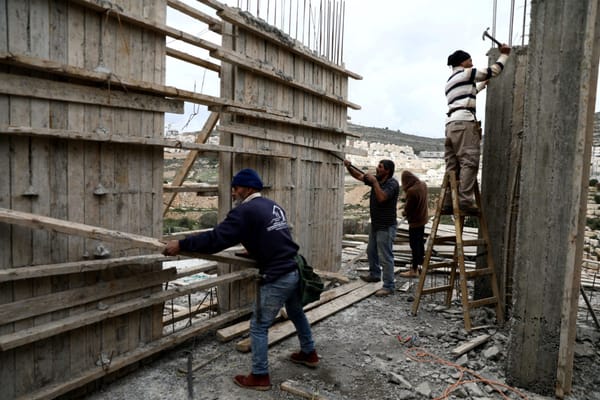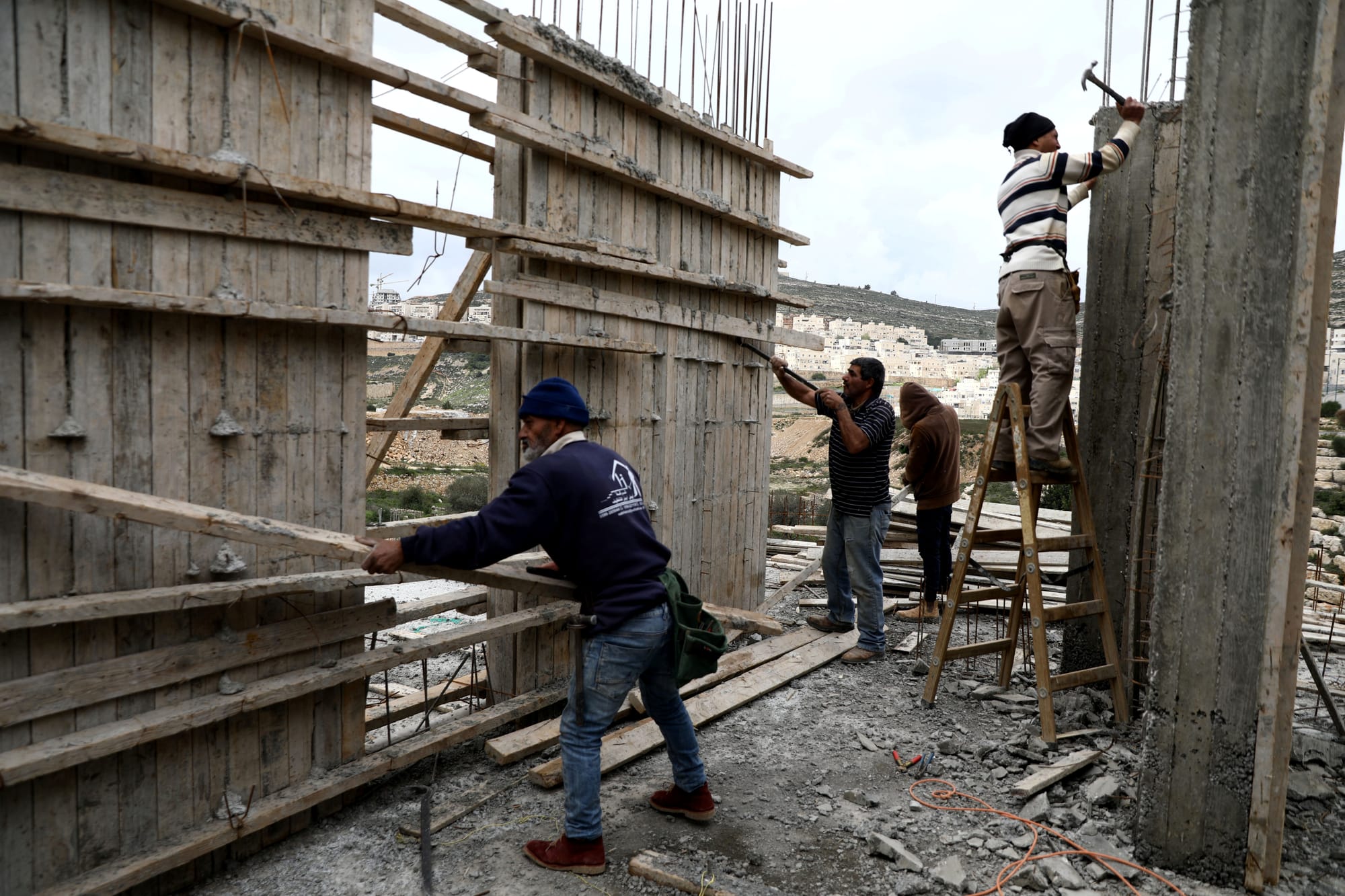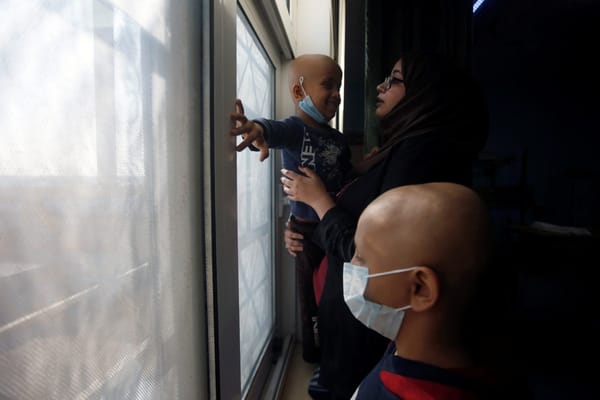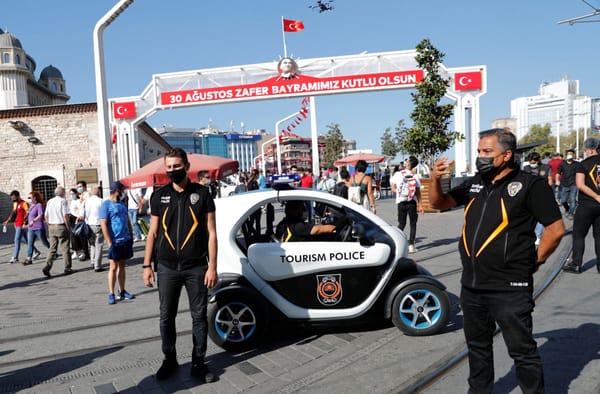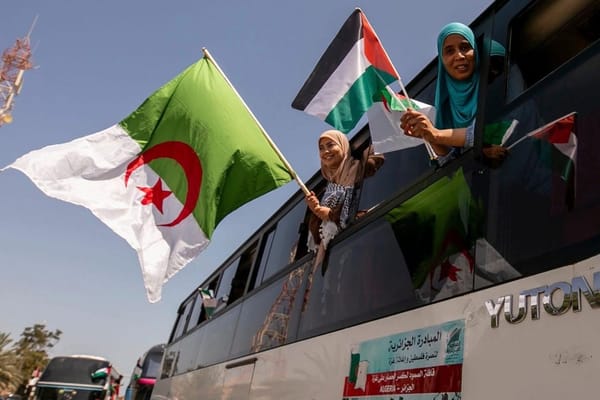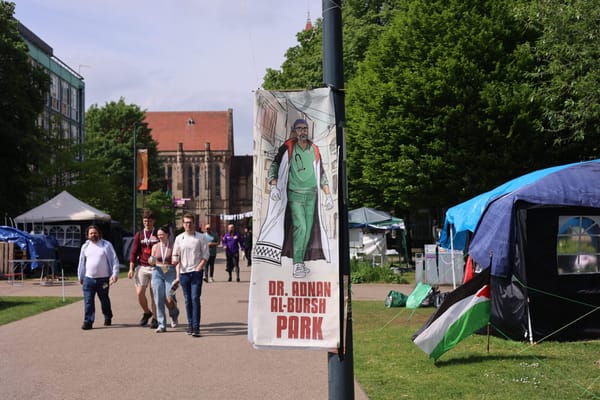Palestinian Workers in Israel Caught Between Indispensable and Disposable
While people around the world are under lockdown, Palestinian workers in Israel continue to labor in the now accelerated construction sector. While Israel's project of control and expansion exploits their labor, Palestinians are put at greater risk without proper testing, accommodations or healthcar
